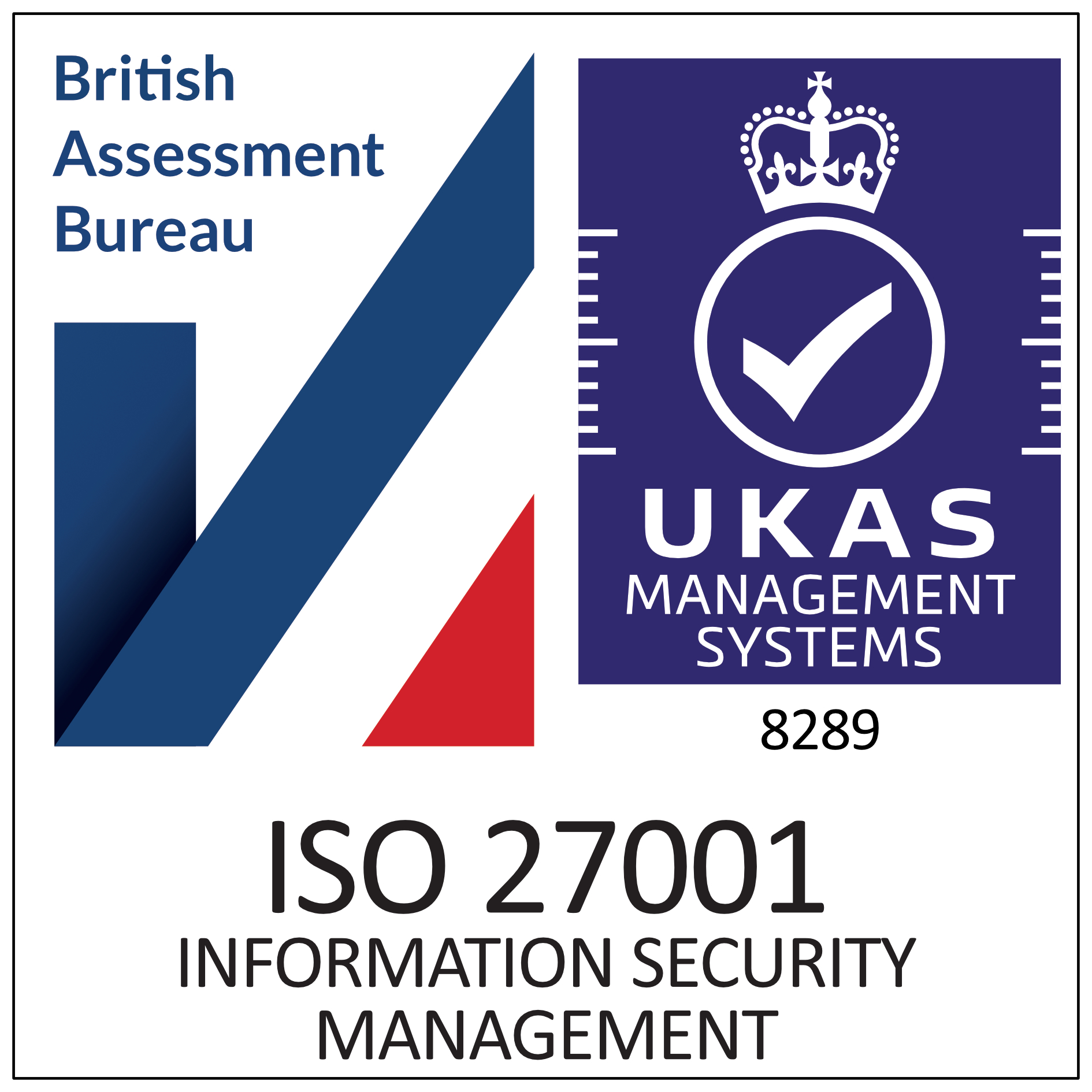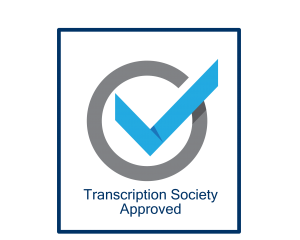This article looks at how to ensure you have an accurate record of redundancy meetings and making sure you adhere to the requirements and the best ways of ensuring the recording is clear.
Not an article I was expecting to write anytime soon, but this is rapidly becoming a recurring theme. We are assisting employers across the UK with the transcription of redundancy meetings so thought it may be worth a note to indicate best practices and effective recording.
Making sure you follow a fair redundancy process is absolutely vital to ensure you avoid future trips to the Employment Tribunal, a costly affair in both time and money. The key points for redundancy procedures are as follows:
The Redundancy Procedure (UK)
- You only need to go through the motions of a fair redundancy process if you have employed someone for more than 2 years (by the time the job ends). If less than 2 years you can simply notify the employee that their work is at an end. Bit harsh? Most certainly.
- You have to hold at least one individual meeting with any affected employee. Standing at the front of the workforce and telling them they are all laid off is not a good idea..
- The concept of a ‘fair redundancy process’ is vital to uphold in order to avoid future legal action. The process will usually include:
- an explanation of how employees will be chosen for redundancy.
- detail on how long the decision will take.
- what meetings will be held and when.
- information about how to appeal the decision to be selected for redundancy.
The Meeting
The meeting is the key part to the process and this is why so many employers are keen to have them recorded and transcribed to ensure that everything is as accurate as possible.
You must give the employee the opportunity to discuss:
- why you need to make redundancies.
- why you are considering them for redundancy.
- what other jobs are available.
- any questions the employee has about what happens next.
- any arguments as to why they should not be selected for redundancy.
The meeting must still be held even if an employee is on holiday or sick leave or on maternity leave. You must arrange it in a time and place to suit. Anyone on maternity leave must be spoken to at the same time as everyone else in the workforce to avoid any discrimination issues.
The main aim of the redundancy process is of course to reduce staffing numbers, which is something vital at the moment for any struggling businesses running out of money and not seeing any way of maintaining current staffing levels. The key part of the redundancy process is ensuring you do not end up bogged down in copious amounts of litigation because you have managed to not follow procedure and effectively unfairly dismiss large numbers of staff!
So How can a Transcription Company help?
We can accurately transcribe all your redundancy meetings. Simply follow this guide:
- Make sure you have a recording device available – we recommend using your iPhone – advice here.
- Run a practice recording before starting. Do not think you can just go straight in and record without trying it out. Put the recording device in the middle of the room if you can to ensure an even distribution of voices on the audio track.
- Visit our website and upload your audio file.
- We will return you a fully transcribed, accurate copy of your meeting.
Covert Redundancy Meeting Recordings
Essentially this is not a good idea but a recent tribunal ruling was upheld confirming that an employee undertaking covert recordings does not automatically constitute gross misconduct. If you want to read the case it is here: Phoenix House v Stockman. In a nutshell the tribunal will reduce an award for unfair dismissal etc.. if there is a covert recording, but that’s it. In this case the reduction was 10%. However – they did point out that in this case no reference was made in the employment contract to making covert recordings gross misconduct.
The tribunal did set out their thoughts on covert recordings in this particular case as follows:
- The employee did not record for the purpose of entrapment, the Claimant asked no questions which gave the impression of being made in order to obtain a favourable answer;
- The employee was ‘flustered’ at the time and unsure if the device would even record;
- The employee did not make use of the recording during the internal disciplinary or grievance proceedings;
- The employee disclosed the transcript in the Tribunal proceedings in line with her duty to disclose, even though the recording was detrimental to her case in some ways; and
- Covert recording was not set out specifically in the employer’s disciplinary policy as amounting to gross misconduct.
The Employment Appeal Tribunal did mention that employees often covertly record meetings to protect themselves from misrepresentation, keep a record or seek advice from unions or elsewhere.
It is probably better for all concerned to make a recording overtly and get it transcribed and available for all to see. This will reduce any issues cropping up as above..









